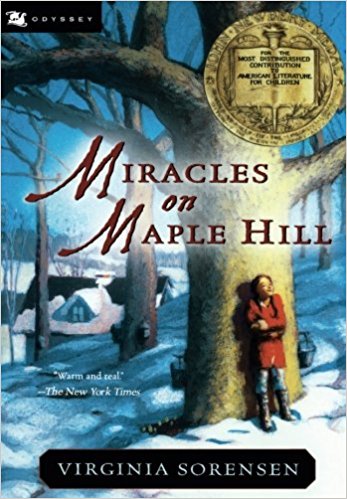Teaching subjects can get to be a bit overwhelming. So, how do you teach all of them? Where do you find the time? When students are just beginning school and in the primary grades remember attention spans are short, so teaching a lesson needs to be short too. Take small breaks and return to subjects if necessary. For example, 15 minutes of explaining and showing examples, 15- 30 minutes of practicing/ doing what has been taught.
Over the course of the next few weeks, I am going to be concentrating on teaching elementary students. I don’t want these posts to be too long so I will be talking about a few subjects each week. I can see just concentrating upon just one subject at a time, but I’ll save that for a later date. So many years of teaching, so little time to explain. lol If you have an older student, I promise to address teaching junior high and high school students in future posts; please stay tuned. 🙂
Language Arts
Reading- I believe that teaching a child to read is the single most topic she needs in order to succeed in life. As far as language arts is concerned, my concentration would be to only teach reading in Kindergarten and 1st grade until your daughter is reading fluently. Incorporating spelling, grammar and handwriting can be done informally through writing the alphabet, her name, street address, creating homemade cards, writing simple stories, etc. If you are interested in teaching these with a formal program, this can be added to your studies once reading is progressing well.
Spelling and grammar- The best way to teach spelling and grammar is by incorporating these into reading and writing. Practice writing the words you are teaching your son to read. If he is able, he can write simple sentences and perhaps a story using these words, which will reinforce what he is learning.
Handwriting- While many schools are opting not to teach cursive, I have read studies that say this is good for your brain since both hemispheres are involved in the process. It also requires less of the pencil to be taken off of the paper and nearly all letters are made in a forward fashion. I think teaching handwriting formally with a program is important since you want your son to be able to not only write it (neatly lol), but also to be able to read it. I am encountering junior high students who can no longer read cursive. I wish I had the time to instruct them so that they can read old documents, communicate with others who use cursive, etc. Don’t you want your student to have every means of communication available to him? Copying passages of favorite literature or poetry or writing out spelling words or science terms is an easy way to incorporate this into your lessons.
Social Studies (Geography, History)
Geography- While teaching young students geography and history can be taught by learning your address, what state and country you live in. When reading a book that has a specific setting, have your daughter investigate where that is located. Have you used Google Maps or Google Earth? These are fantastic apps to see the world and where we fit into it. Do you have relatives that live out of state? Use google to show her where this is in relation to your home and to the world. Still using the app, you can pick a destination such as the Statue of Liberty and take a virtual tour. I think it’s a pretty cool way to teach geography.
History- With young students, I like to begin teaching history that is relevant to them. For instance, create a personal timeline with your son. Choose events such as his birth and things that are memorable to him (learning to ride a bike, losing a tooth, the birth of a sibling, etc.) Creating a family tree gives meaning to history as well. This can involve interviewing grandparents, aunts and uncles, etc., which can be a lot of fun. Once the concept of things occurring in the past has been established, history takes on a bit more meaning since much of it is about people. Field trips are a fun way to teach history. You can go to a local history or museum and discuss what you see and the time period in which it occurred. Dressing up in period clothing like we did when we studied Ohio presidents, and reading a famous speech or reading a short biography such as the series of books by David Adler brings history to life. (Click on the book for the link.)












